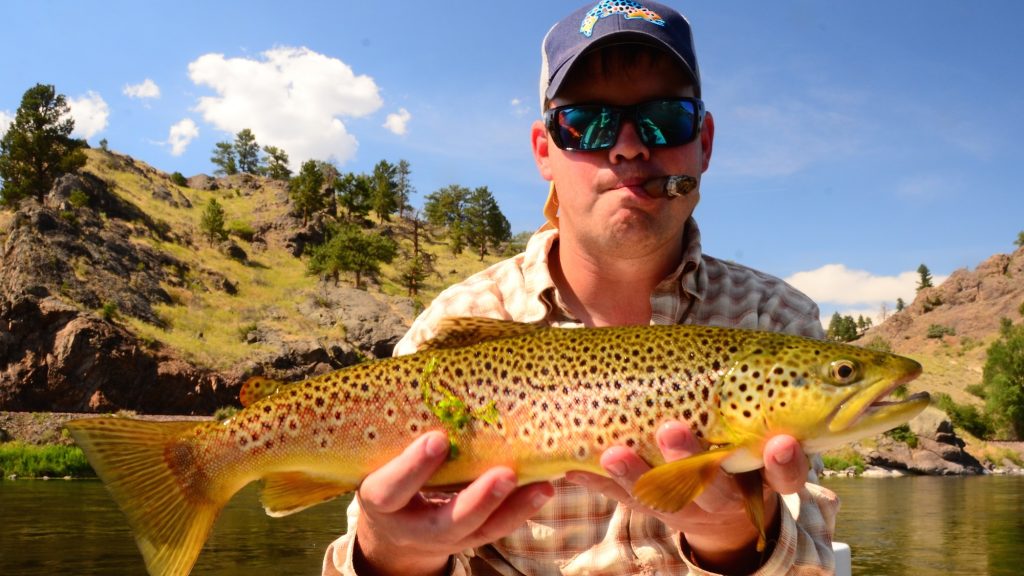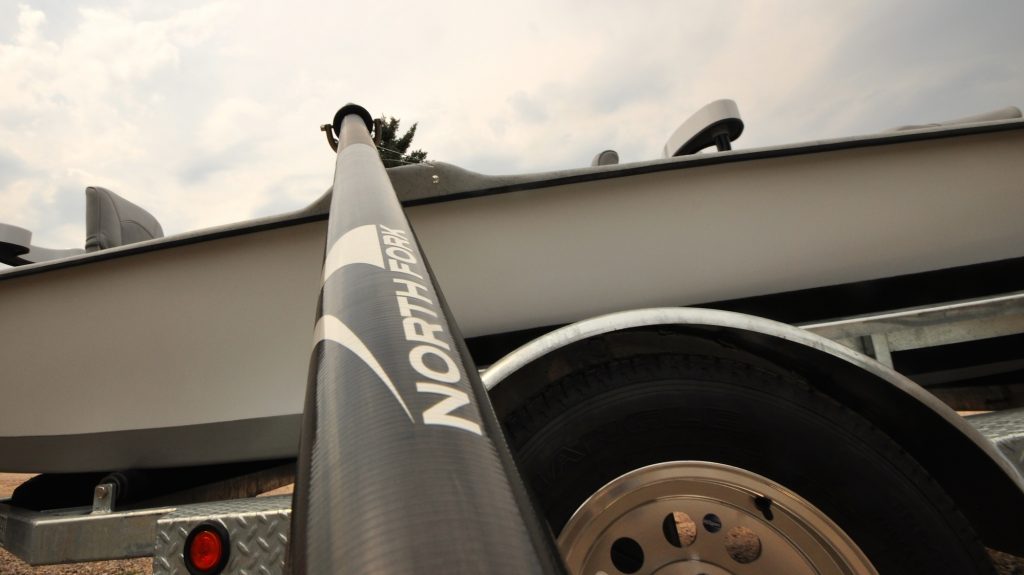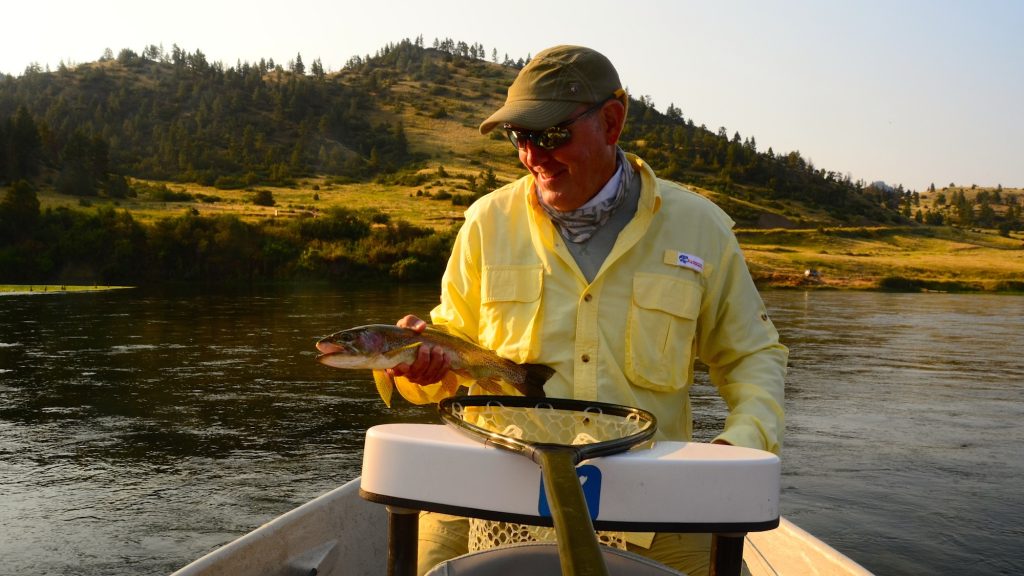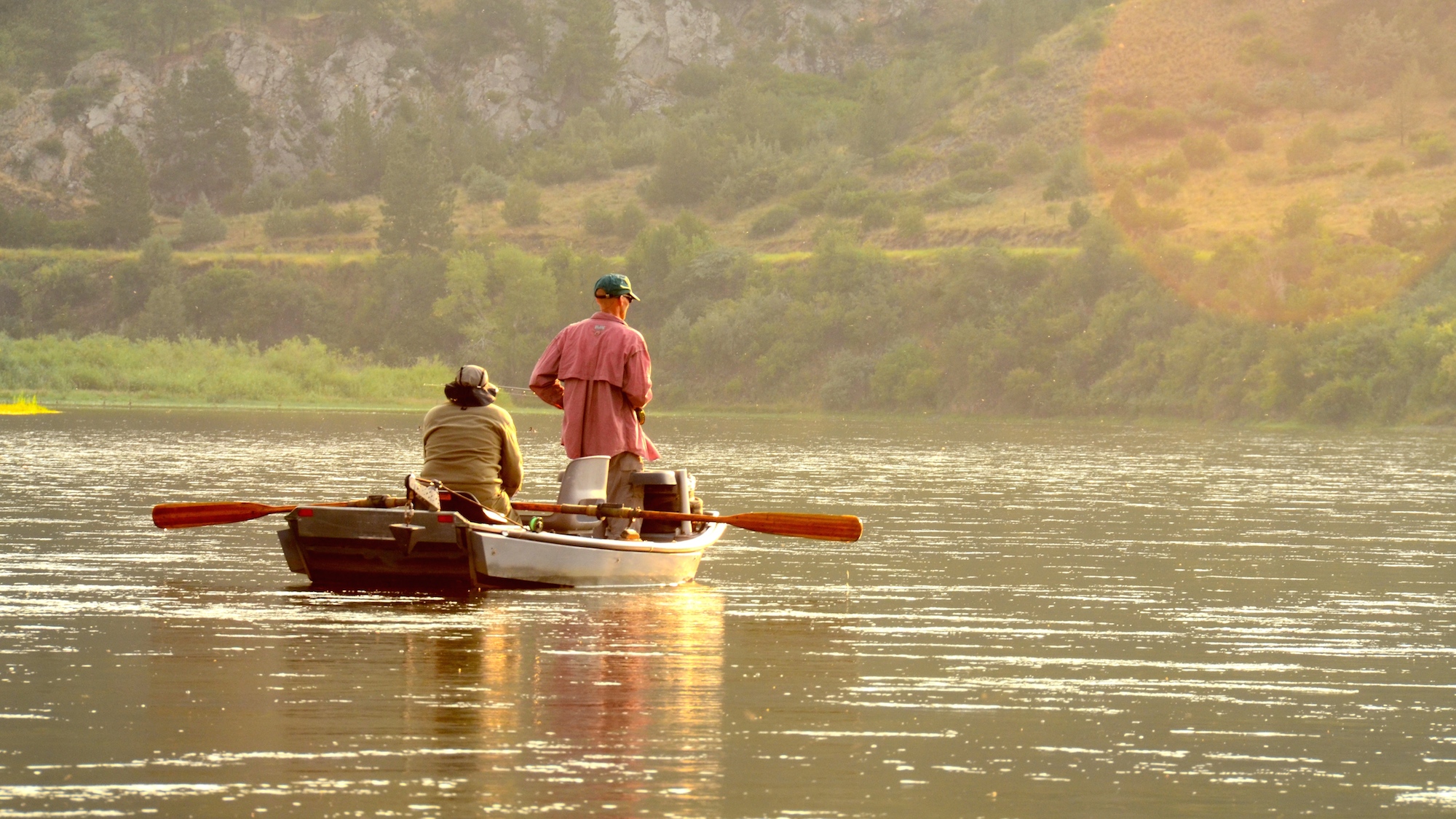Today we talk about the individual charged with helping the angler in the bow of the boat. The angler, albeit important, does not hold the singular responsibility in the vessel. The guy holding those 9′ overpriced sticks is the guy holding all the cards. He can make or break your day. That person can put you in the spots, or just drift by and watch. Which category do you fall into?
The more often the oars are in contact with the water, the better!
So often you see boats floating down the river without any plan. Occasionally you see boats spinning in circles and you certainly know what is happening there. A rookie rower. We have all been there. Just trying to keep the boat off of the shore. It is truly frustrating and experience is the best teacher. Also watch how other conduct themselves behind the sticks. You can learn ton from watching a rower with stealthy moves.
You know the guy. You may have fished with some sort of rowing guru. It feels, looks, and is like he or she is not doing a thing. Nothing in fact. It is surgical how efficient professional or great rowers can be. Small soft movements with the oars. No hard and deep thrashing about. The sign of a new rower is one who makes took large or gross movements and is quite loud with his oar strokes. The good rower makes a number of smaller movements with soft oar entry and exit movements. Quiet is the theme. Efficiency is the game.

Execute the Plan
One who executes a plan for the future, for downriver, who is engaged in the fishing game. A good rower is constantly communicating with the angler, or anglers, and is willing to work with them. We so often see the rower pushing, pulling, spinning, or the worst of all of the rowing movements…nothing! Nothing is not good. I call it this style Wings Up! Don’t be that guy.
Having the oars out of the water for any length of time is considered evil by those who like to catch fish. That means that the rower is not interested in using the other tool laying next to him. The net. No interest at all. Many think that the rower does not carry that much responsibility. Wrong. He is the guy that cries the key to angling success. Whether that be drift fishing, common on the Missouri River, or posting up on rising trout.
When posting up on rising fish the rower plays a big role too. How, when, where are all factors in your angling success. Those who come in hot and drop the anchor like dropping a refrigerator out of the sky…don’t catch as many fish. sneaking up on the trout proves to be a solid technique. Alerting the enemy that you are in the neighborhood is never a good idea.
You are not doing your buddy a solid just by sitting your ass down in the middle seat. No, not true. You actually have to do something with those sticks hanging out of the boat.
Those Sticks are Oars
Those sticks are oars my friend. To put your fishing buddy, the feller in the bow, into a situation where upon he gets to use the net…that rubber basket that you need to employ more often.
The rower, row boy, or oar boy needs to participate in the process or get out of the center and move into the back. The back seat in the drift boat is the seat where nobody is expected to do anything other than pitch his two buddies in the front two seats shit. And lots of it. That is the primary role of the dude in the back seat.
In the back seat you can drink beer, nap, take photos of wildlife, steal flies from the rower, clean your fly line or any other task you desire. The back seat is the privileged seat. The King’s Chair is the rear seat. Many think it is the front seat. Wrong. The front seat is the seat for work. Do work son. The back seat is for those educated anglers who want to watch until the fishing gets really good. Then the feller in the rear can jump into the game sighting non-activity for the last several hours. A good line at this point is something like “I’m just gonna make a few casts at this giant sipping Brown trout little Rainbow.”

The Oarsman makes the Day!
Back to the rowing, the rower, the man in charge. You have to use the oars to get your buddies into the trout. You have to participate in the fishing game. Only if you dig your friends. The folks that cat h the most fish from a boat are the folks that have somebody helping along the way. If you are a fellow that uses the boat for transportation then disregard this wordy blog.
Those who keep the oar blades from the water, those that are afraid to make a few strokes for the sake of their fellow fishermen, those who think it is cool to make your friends cast a long, long ways to the trout, those who like seeing the bobber swim from the front of the craft to the back rapidly your friends want you to recognize that you may be the type of guy I am speaking about.
Your friends do not want to fish with you all that often if you suck at rowing. If you hear something like this at the boat ramp when you say that you would like to start out the day rowing “No Bob, I’ll start rowing today. Besides you rowed a lot last time. Why don’t you fish today and I’ll row. My treat.” If you hear something like this, you should question your skills behind the sticks.
Translation:
- You are bad at rowing.
- You make it impossible to fish.
- I cannot stand fishing if we will be nowhere close to fish.
- I hate it when you do not participate when I’m fishing.
- Do you really think that I row like that when you fish?
- Dude, please don’t touch the oars.
- Oh, yeah…I’ve been fishing more with my wife.
Those are all statements that should make you understand that your buddies may not want to continue your fishing relationship. Honest.
You know the truth hurts sometimes. Those type of comments should be a wake up call for you. That is the nice way of saying insert insult here.
Rules for Rowing a Drift Boat
Never front row. We see this all the time. Fellers pushing downstream for no reason. Why would you take away the drift. Drift, while drift fishing, is everything. Having the bugs move at the same rate as the current helps those trout buy into our program. Back stokes and back rowing are what we do oat here on the Missouri. Slowing the boat down for more presentations and to get the bobber to move at the same rate as the water.
Less is more. A few strokes are generally all you need to make a move. To move the boat a couple feet. Big deep and hard strokes are for dodging rocks. Here on the Mo we do not have those issues. Here we want slow and gentle movements to deal with our technical current lines.
Point the nose away from danger and back row. A good lesson for those in faster water too. Point the nose, the bow, at danger and back away. Rowing toward bad stuff is just that. Bad.
Dip the oars into the water. They won’t melt and neither will you. You may even hear some applause from your buddies. They may even pick up the tab at the bar for you. They may even invite you to go fishing with them again. Try it. Do it. Embrace it.

Be a better Rower
There you have it. If you are the type of fellow who does not row well, listen to your buddies. Try harder. Engage the oars with the water. It is OK. We all sucked at one point but those who are quite comfortable at rowing are so for a good reason. They practiced and learned from others.
Watch how those pros work the oars and blades. Look at seat position. Look at how often the oars come in contact with the water. It is often. The oars never stop moving. It is more of constant minor movements that get the job done. No drastic stokes digging water deeply. All surface strokes with purpose.

Nice post on rowing, so true!
Thanks for one’s marvelous posting! I actually enjoyed
reading it, you’re a great author.I will remember to bookmark your blog and will often come back down the road.
I want to encourage continue your great job, have a nice
evening!
MARK ..U BEEN WACHIN ME PUDDLE ME BOAT…HUH….GREAT INFO…LESS IS MOW….LUV UR BLOGS AND PHOTERS…C U SOON
can’t believe you have allowed me to have the “king seat” all these years……… cheers
Oh yeah. Shhh, don’t tell anyone!
Great piece from which even a vet row boy can learn much. Witty as usual. One small cavil and one large concern. Here they are. The back seat, sitting down, is a great place to fish from: easier to cast and that second presentation allows the fish a second chance as long as the guy in the front seat doesn’t screw up too badly. A much larger concern – one that I would direct at almost all fishing blogs including George Anderson’s Yellowstone Angler where by virtue of proximity I am a customer – is all the “hero shots” of folks holding up big fish out of the water, often high out of the water. Keep the damn fish in the water if you want it to have half a chance of living after you release it. In fact, keep it in the net in the water until it revives and wants to swim away. What are the stats? My memory might fail me, but lifting a big brown out of the water like a hot buttered piece of corn-on-the-cob reduces its chance of survival by – what? – 30% or more? Perhaps this accounts for all the big dead trout that have been observed laying belly-up at the bottom of some slow water pools between Pine Creek and Carter’s Bridge on the Yellowstone. Not that I’ve not raised a fish or two to the camera; but, I gotta reform my ways and see the light.